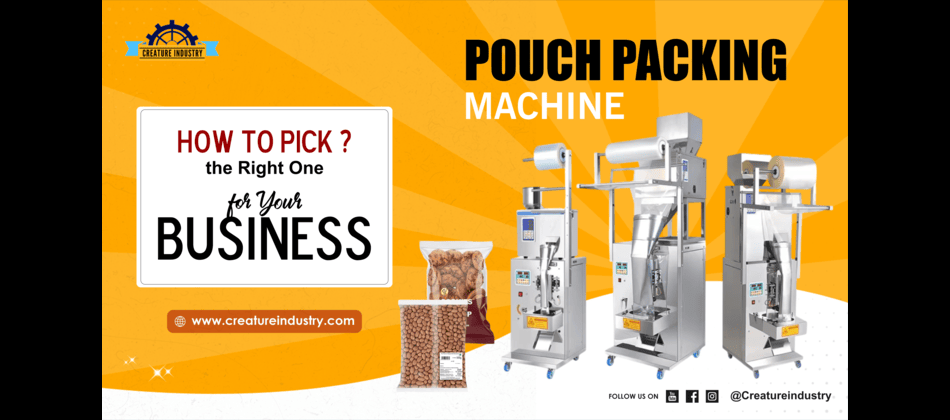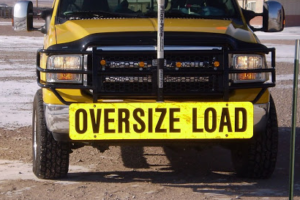In the modern era of automated packaging, pouch packing machines have revolutionized the industry by enhancing efficiency, reducing waste, and ensuring product safety. These machines are widely used across industries such as food, pharmaceuticals, cosmetics, and chemicals. Businesses looking to optimize their packaging processes must understand the different types, working principles, and benefits of these machines.
Types of Pouch Packing Machines
1. Automatic Pouch Packing Machines
Automatic packing machines are equipped with advanced PLC controls, allowing seamless operation with minimal human intervention. They are ideal for large-scale production lines where speed and accuracy are paramount.
2. Semi-Automatic Pouch Packing Machines
Semi-automatic machines require manual assistance for certain functions such as feeding materials. These machines are cost-effective solutions for small to medium businesses looking to improve efficiency without investing in fully automated systems.
3. Vertical Form Fill Seal (VFFS) Machines
VFFS machines are designed to package products by forming, filling, and sealing pouches in a vertical position. These machines are commonly used for packaging powders, granules, and liquids in industries such as food and pharmaceuticals.
4. Horizontal Form Fill Seal (HFFS) Machines
Unlike VFFS machines, HFFS machines operate horizontally, making them suitable for products that require gentle handling, such as biscuits, chocolates, and medical supplies.
5. Rotary Pouch Packing Machines
Rotary pouch packing machines provide high-speed packaging with multiple stations for different processes such as filling, sealing, and labeling. These machines are highly versatile and can handle stand-up pouches, zipper pouches, and spouted pouches.
Working Principle of Pouch Packing Machines
The pouch packing process involves several steps to ensure precision and hygiene:
- Pouch Feeding: The machine picks up or forms the pouch.
- Filling: The pouch is filled with the desired product (powder, liquid, solid, or granules).
- Sealing: The pouch is heat-sealed to prevent leakage and contamination.
- Coding and Labeling: Date and batch codes are printed on the pouch.
- Discharge: The final product is released for further packaging or distribution.
Key Features of Pouch Packing Machines
- High-Speed Operation: Modern machines can pack up to 200 pouches per minute, depending on the model and product type.
- Precision and Accuracy: Advanced sensors and control systems ensure consistent weighing and sealing.
- Versatility: Machines can handle various pouch styles, including flat, gusseted, and zip-lock pouches.
- Hygiene and Safety Compliance: Machines are built using stainless steel (SS-304/316) to meet food and pharmaceutical safety standards.
- Energy Efficiency: Many machines come with low power consumption features, reducing operational costs.
Applications of Pouch Packing Machines
1. Food Industry
Pouch packing machines are widely used for packaging spices, snacks, coffee, sugar, frozen foods, dairy products, and confectionery items. Vacuum sealing options enhance shelf life.
2. Pharmaceutical Industry
Medicines, syrups, and powders are efficiently packed in hygienic, tamper-proof pouches to maintain quality and dosage accuracy.
3. Cosmetics Industry
Products such as shampoo, lotion, and facial creams are commonly packed in sachets or stand-up pouches with spouts.
4. Chemical Industry
Detergents, pesticides, and fertilizers are packed using high-barrier pouches to prevent leakage and contamination.
Benefits of Using Pouch Packing Machines
1. Increased Productivity
Automated machines ensure faster production speeds, reducing labor costs and increasing overall efficiency.
2. Enhanced Product Shelf Life
Proper sealing and vacuum packaging prevent oxidation and contamination, thereby extending shelf life.
3. Cost-Effectiveness
Machines minimize product wastage, optimize material usage, and reduce manual labor, resulting in significant cost savings.
4. Improved Branding and Presentation
Modern machines support customized printing and labeling, allowing brands to enhance their visual appeal and market presence.
5. Eco-Friendly Packaging
Many machines are compatible with biodegradable and recyclable pouches, promoting sustainable packaging solutions.
Choosing the Right Pouch Packing Machine
When selecting a pouch packing machine, consider the following factors:
- Product Type: Determine whether you need a machine for solids, liquids, powders, or granules.
- Production Capacity: Choose a machine that meets your required output (small-scale vs. industrial production).
- Pouch Type: Ensure compatibility with the desired pouch style (stand-up, zip-lock, three-side seal, etc.).
- Automation Level: Decide between automatic, semi-automatic, or manual operation based on your budget and workforce availability.
- Material Compatibility: Opt for machines built with stainless steel (SS-304/316) for compliance with industry hygiene standards.
Maintenance and Troubleshooting Tips
1. Regular Cleaning
Keep the machine free from product residue to avoid contamination and mechanical failure.
2. Timely Lubrication
Lubricate moving parts to reduce friction and wear.
3. Check Sealing Temperature
Incorrect sealing temperatures can lead to leakages or damaged pouches.
4. Sensor Calibration
Ensure sensors are properly calibrated for accurate filling and cutting.
5. Scheduled Inspections
Regular maintenance checks help identify potential issues before they escalate.
Conclusion
Investing in a pouch packing machine is a game-changer for businesses aiming to improve packaging efficiency, enhance product safety, and reduce costs. With a wide range of machines available, selecting the right one requires careful consideration of product type, automation level, and budget. By implementing regular maintenance practices, businesses can maximize machine longevity and operational efficiency.







